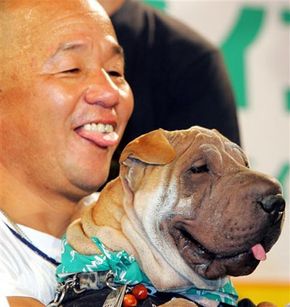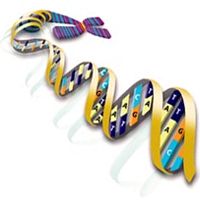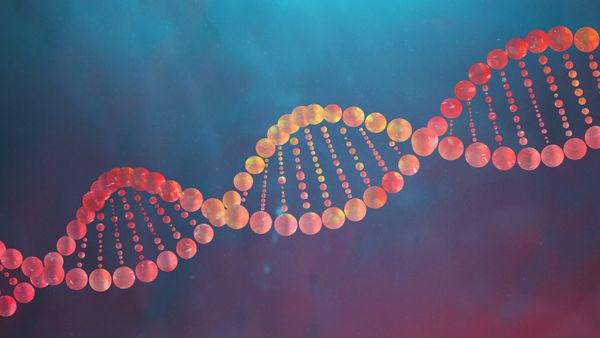
Among the raft of books, articles, jokes, romantic comedies, self-help guides and other writings discussing marriage, some familiar ideas often crop up. Few appear more often than the idea that many old couples look alike. You've probably seen it before -- two elderly people walking hand in hand down the street or sitting at a café, resembling each other so strongly that they could be siblings. Do these couples actually look alike, and if so, what's caused them to develop this way?
Advertisement
A study published in the March 2006 issue of "Personality and Individual Differences" may have the answer. Twenty-two people, divided equally between male and female, participated in the study. They were asked to judge the looks, personalities and ages of 160 married couples. The participants viewed photographs of men and women separately and were not told who was married to whom. The subjects consistently judged people who were married as being similar in appearance and personality. The researchers also found that couples who had been together longer appeared more similar.
This in itself may not seem surprising, but the study also offered some answers on why couples may look alike. To start, consider that life experiences can end up being reflected physically. Someone who is happy and smiles more will develop the facial muscles and wrinkles related to smiling. The years of experience of an old couple's marriage, happy or otherwise, would then be reflected in their faces.
Genetic influences are also a factor. A past study showed that genetically similar people have better marriages [Source: Live Science]. Such families have fewer incidents of child abuse and a lower rate of miscarriages. People also appear to be more selfless when involved with genetically similar partners.
In another study, a researcher at the University of Western Ontario determined that when considering friends or romantic partners, a similar genetic profile made up about a third of the selection criteria. We may think subconsciously that people who are genetically similar work better together. Consequently, we look for physical or emotional cues that tell us that this potential friend, husband or wife is genetically similar to us. Of course, couples shouldn't be too genetically similar -- in most cultures, relationships between close relatives are taboo, and geneticists agree that diversity is important to a healthy gene pool.
Besides feeling that they work better together, why and how do people choose partners who are genetically similar? Asking for a DNA sample on the first date would be impolite. The answer may be equal parts personality -- derived in part from genetics and consistently ranked by people as important in a partner -- and the marriage models we have around us. In other words, many women say they want a guy like dad.
Advertisement


